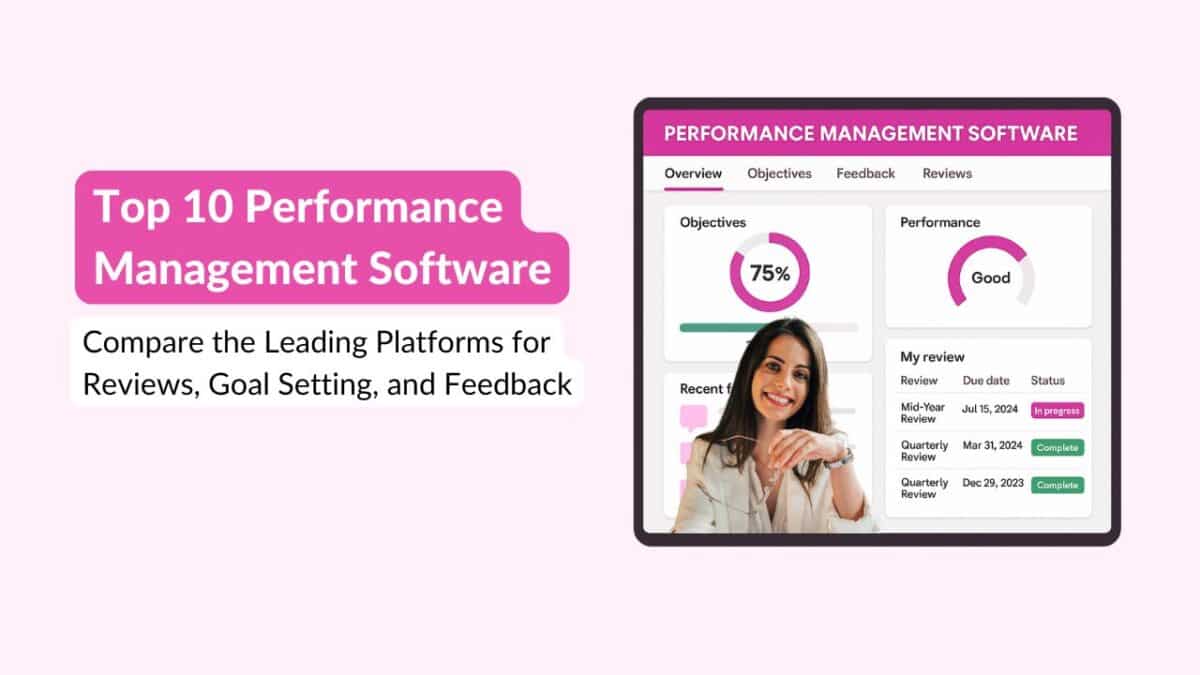We know what happens in the lead-up to annual performance reviews.
We also know what happens during a performance review. But what about the after? How does one proceed? Things certainly do not stay the same. This article is going to touch upon what happens after a performance review, which is just as important as the performance review process.
An Honest Discussion
The end of an annual performance review merits an honest discussion. In some cases, it might be to commend an employee’s stellar performance and in some other cases, it might be to discuss an employee’s poor performance. Either way, these discussions are necessary to get the ball rolling about what happens next. These discussions are separate from the official review ones. Because they provide both the employee and manager an opportunity to be honest, without the fear that this conversation is going to be entered into the review file. It might also help the manager and employee reach a middle ground regarding their perspectives about performance.
Goal-Setting
Goal-setting is such an important part of the performance cycle. And not just in the sense that you and the employee figure out what to do next. Goal-setting takes into account past performance and future challenges, which might change depending on how the employee performed in the past year. Goal-setting gives both the employee and a manager a chance to flex their metaphorical muscles in terms of what challenges the employee would like to tackle in the future.
Also read: Goal Setting – A Guide To Help Organizations Succeed Using OKRS
Revisit roles and responsibilities
Employees cannot keep doing the same work over and work again. As their career advances, their responsibilities will also change and they will also outgrow the position to work in. And furthermore, they might want to tackle new avenues and responsibilities. The ideal time to discuss a lateral move or a vertical move is usually after each annual performance review. Based on an employee’s progress, managers might find that the employee in question is more than ready to jump into a new role or maybe even shift departments and experiment with something new.
Have difficult conversations
This is one of the hardest parts of the annual performance review process, but it is necessary to have. It’s not easy to let an employee know if they are being let go or if they are going to be put on a PIP plan.
It’s an unpleasant but necessary conversation that managers need to learn to have. Because it is not fair to keep an employee on the hook, especially if they are struggling with their responsibilities or if their team members are struggling to pick up their slack. By not having these difficult conversations, you are doing a disservice to yourself and the employee. The sense of relief you feel once you have had the conversation will be easier to deal with than the guilt of having to postpone an awkward conversation. Every time a performance review gets over, you might need to steel yourself to the fact that you are going to have a few awkward conversations in your future.
Looking to revamp performance management at your organization? Engagedly can help! Request a demo to find out how!
Get In Touch With Us
<![endif]–>
Author
Srikant Chellappa
CEO & Co-Founder of Engagedly
Srikant Chellappa is the Co-Founder and CEO at Engagedly and is a passionate entrepreneur and people leader. He is an author, producer/director of 6 feature films, a music album with his band Manchester Underground, and is the host of The People Strategy Leaders Podcast.






